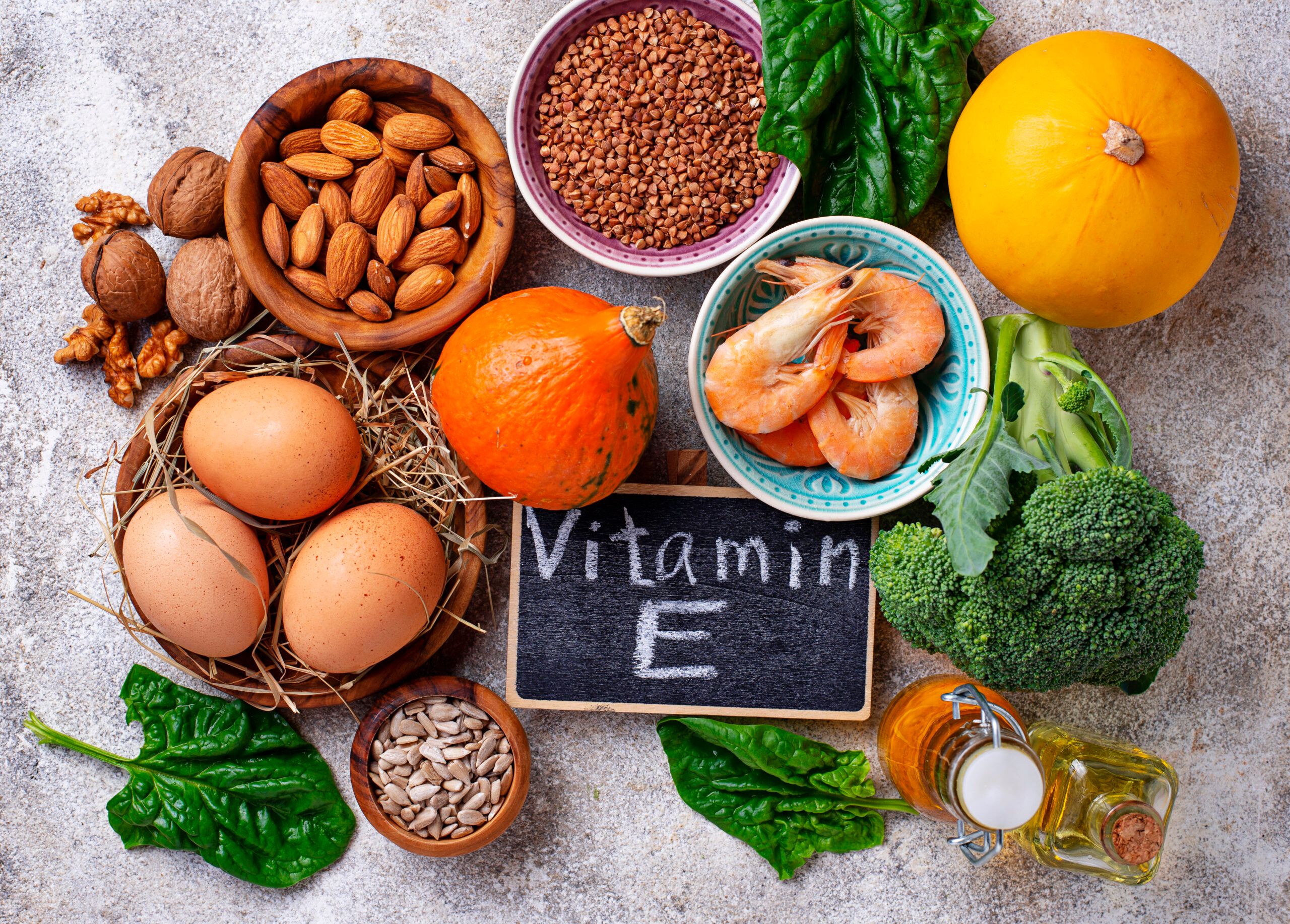
“
Vitamins and minerals are indispensable for numerous biochemical processes that sustain life. These micronutrients support everything from energy production and immune defense to DNA synthesis and bone health. The role of vitamins & minerals in cellular function is central to these processes, ensuring that cells operate efficiently and effectively. Understanding their roles can provide insight into how they help maintain optimal cellular function and overall well-being.1
1
”
Calcium is essential for muscle contraction, nerve transmission, blood clotting, and strong bones. Without enough calcium, muscles may cramp or spasm. Sources include dairy products, leafy greens, and fortified plant-based milk. 1
Iron, a key component of hemoglobin, supports oxygen transport, metabolism, and DNA synthesis. Iron deficiency can cause anemia and fatigue. It is found in red meat, beans, and fortified cereals. 2
Magnesium is crucial for over 300 biochemical processes, including protein synthesis and nerve function. It also helps regulate blood glucose and pressure. Key sources are nuts, seeds, and whole grains.3
Potassium regulates fluid balance, nerve signals, and muscle contractions. It supports the heartbeat and cell function. Its deficiency can cause muscle weakness and irregular heartbeats. It can be found in bananas, oranges, and potatoes. 4
Zinc is crucial for immune function, wound healing, and DNA synthesis. It supports cell division and growth. Zinc deficiency can impair immune response and slow healing. Sources include meat, shellfish, and legumes. 5
Iodine is necessary for thyroid hormone production, which regulates metabolism and development. A deficiency can lead to goiter and developmental delays. It is found in iodized salt, seafood, and dairy products.6
Copper assists in iron absorption, red blood cell formation, and nerve function. It also supports collagen production. Deficiency can lead to anemia and osteoporosis. Sources include shellfish, nuts, and seeds. 7
Selenium acts as an antioxidant, protecting cells from free radical damage and supporting thyroid metabolism and immune function. Deficiency may lead to heart disease. You can get it from Brazil nuts, seafood, and eggs. 8

Chromium enhances insulin action, regulating blood sugar levels and metabolizing fats and carbohydrates. Deficiency can impair glucose tolerance. Sources include whole grains, meat, and vegetables.
Manganese is involved in bone formation, blood clotting, and reducing inflammation. It also helps metabolize amino acids, cholesterol, and carbohydrates. Its sources include nuts, whole grains, and tea. 9
Sulfur, found in amino acids and vitamins, is vital for protein synthesis, enzyme function, and detoxification. Sulfur deficiency can cause joint pain and reduced immune function. Sources include garlic, onions, and cruciferous vegetables.10
Vitamin A supports vision, immune function, and reproduction, and helps organs like the heart and kidneys. Deficiency can cause night blindness and increase infection risk. You can get it from liver, carrots, and sweet potatoes. 11
Vitamin D enhances calcium absorption, supporting bone health and immune function. Its deficiency can lead to bone disorders and weakened immunity. You can get it from sunlight, fatty fish, and fortified dairy products. 12

Vitamin E is an antioxidant that protects cells from oxidative damage. It also supports immune function and skin health. Deficiency can cause nerve and muscle damage. Sources include nuts, seeds, and vegetable oils.
Vitamin K is essential for blood clotting and bone health, aiding in protein production for coagulation. Deficiency can lead to excessive bleeding and weak bones. You can get it from green leafy vegetables and broccoli.13
Vitamin C aids collagen synthesis, wound healing, and acts as an antioxidant. Deficiency can cause scurvy and weakened immunity. Sources include citrus fruits, strawberries, and bell peppers. 14
Omega-3 fatty acids support brain function, reduce inflammation, and promote heart health. Deficiency can lead to cognitive decline and heart disease. Its sources include fatty fish, flaxseeds, and walnuts.15
Amino acids are essential for proteins, supporting cell structure, muscle repair, and immunity. Its deficiency can lead to muscle wasting and weakened immune function. They are found in meat, dairy, and legumes. 16
Glucose is the main energy source for cells, fueling cellular activities and metabolic processes. It is transported through the bloodstream and converted into ATP. You can get it from fruits, grains, and vegetables. 17
Bioinformatics tools analyze large datasets to understand how vitamins and minerals impact cellular functions at the molecular level. This technology helps identify biomarkers for nutritional deficiencies and optimize dietary recommendations. 18


